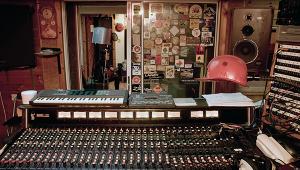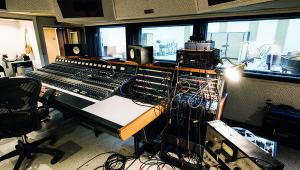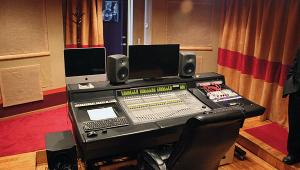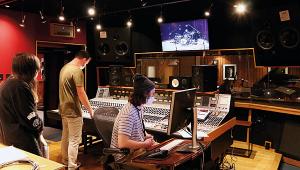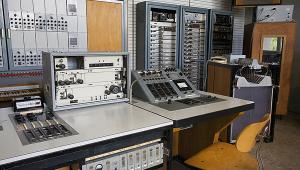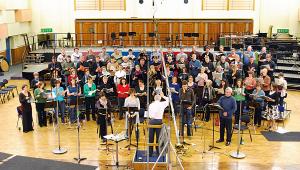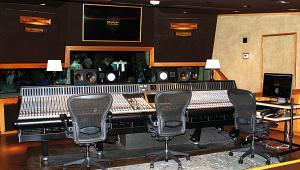The Manor Studio Page 2

Chime Lord
Branson, meanwhile, was pitching the pieces he had to various record companies to no avail, so he took the decision to create Virgin Records and market the recording himself. The album, released on the 15th of May 1973, was Tubular Bells, so named because Oldfield filched a set of said danglers from the equipment being removed from The Manor after a session by John Cale for his The Academy In Peril LP.
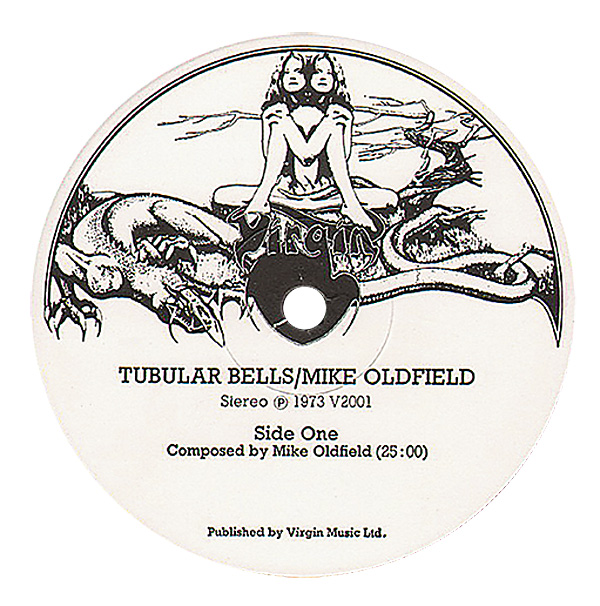
Just as serendipitous was the afore-mentioned contribution by Viv Stanshall who, as we know, was wrapping up Friendly as Oldfield arrived. Our tubular guy was a big Bonzos fan and had the smashing idea of asking Stanshall to introduce every instrument Oldfield had overdubbed, one at time, just as the old feller had done on the Bonzos' The Intro And The Outro from 1967's Gorilla.
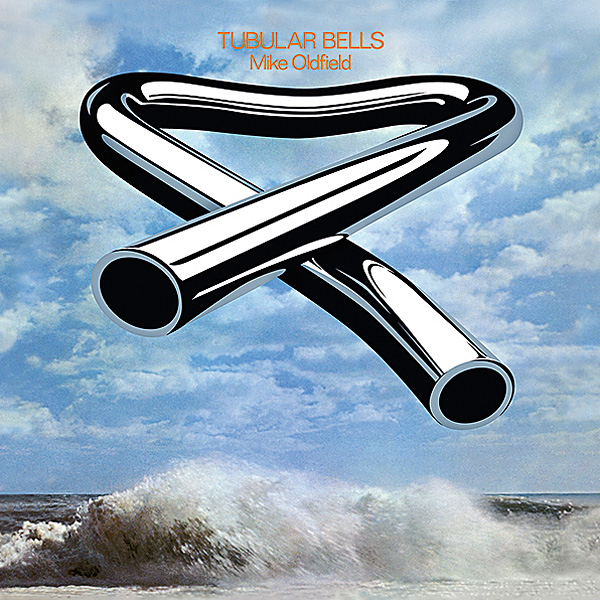
Slow to sell at first, on the back of featuring as the opening theme for The Exorcist movie, Tubular Bells finally took off, launching the label in spectacular fashion, and eventually selling upwards of 15 million copies. The album also put The Manor firmly on the map.
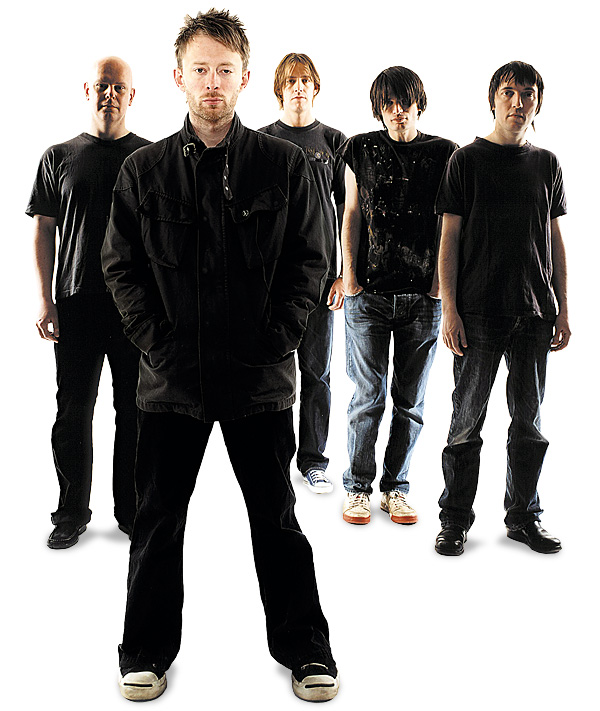
Others who piled in included Sandy Denny, who participated in The Bunch's 1972 album Rock On and who did her second solo LP, Sandy, there in the same year. In 1973 Gong arrived to create the first part of their fab 'Radio Gnome Invisible' trilogy, Flying Teapot, followed by Tangerine Dream who worked up their most famous album, Phaedra, in just six weeks.
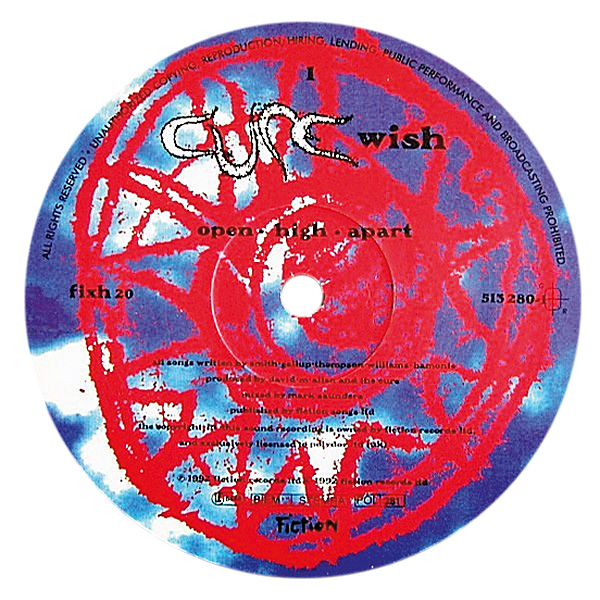
Musical Mishaps
According to the Dream's Edgar Froese, the sessions didn't exactly run smoothly: 'Phaedra was the first album in which many things had to be structured. The reason was that we were using the Moog sequencer for the first time. Just tuning the instrument took several hours each day, because at the time there were no presets or memory banks. We worked each day from 11 o'clock in the morning to 2 o'clock at night. By the 11th day we barely had six minutes of music on tape.
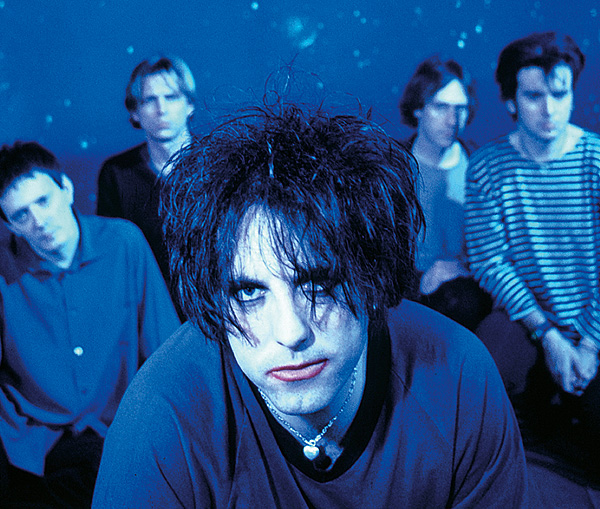
'Technically everything that could go wrong did go wrong. The tape machine broke down, there were repeated mixing console failures and the speakers were damaged because of the unusually low frequencies of the bass notes. After 12 days of this we were completely knackered. Fortunately, following a two-day break in the countryside, a new start brought a breakthrough.'
XTC were also studio regulars, recording their debut White Music (1978), English Settlement (1982) and Mummer (1983) there, and John Lydon's PiL fashioned their second offering, 1979's magnificent Metal Box at The Manor, much of it improvised, made up on the spot and recorded first take.
All Change
Other notable Manor recordings include Big Country's debut, The Crossing (1983); The Cure's ninth album Wish (1992); Paul Weller's Wildwood (1993) and Stanley Road (1995); and Radiohead's second LP The Bends (1995). By the mid-1990s, though, Branson had many other fish to fry. Trains, planes and automobiles, etc, and after selling his label to EMI in April 1995, The Manor was closed as a recording facility, the last album issuing from its stately doors being Cast's debut, the aptly-named All Change.
Oh and Branson, if you're reading, you still owe me a fiver.
